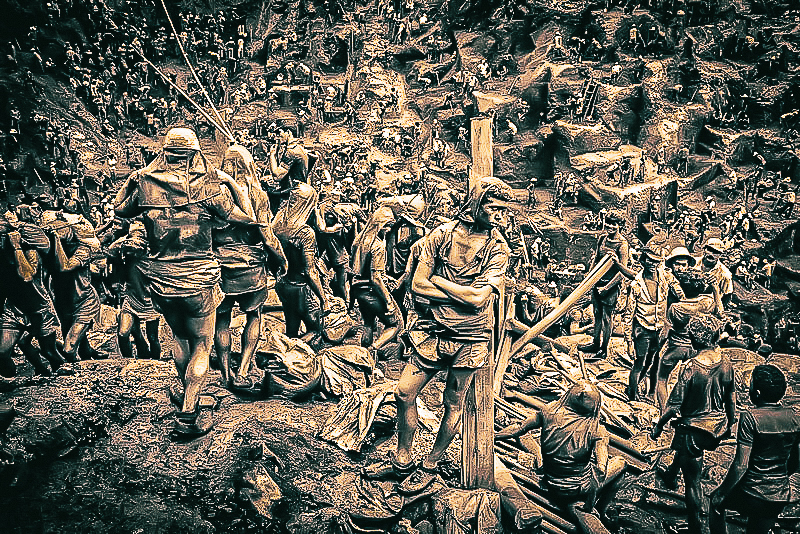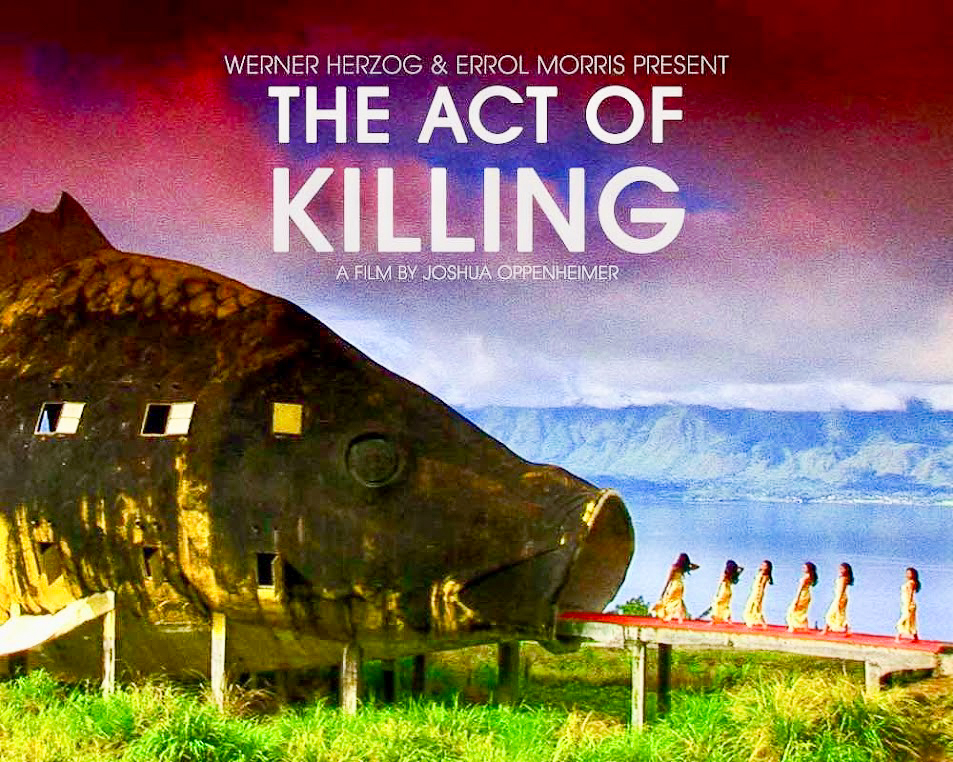And, indeed, I will ask on my own account here, an idle question: which is better—cheap happiness or exalted sufferings? Well, which is better?---Fyodor Dostoevsky ---Notes from Underground There are certain people of whom it is difficult to say anything which will at once throw them into relief—in other words, describe them graphically in their typical characteristics. These are they who are generally known as “commonplace people,” and this class comprises, of course, the immense majority of mankind. Authors, as a rule, attempt to select and portray types rarely met with in their entirety, but these types are nevertheless more real than real life itself. For instance, when the whole essence of an ordinary person’s nature lies in his perpetual and unchangeable commonplaceness; and when in spite of all his endeavours to do something out of the common, this person ends, eventually, by remaining in his unbroken line of routine—. I think such an individual really does become a type o...
NOTES FROM UNDERGROUND
Hope
To be human is to be a miracle of evolution conscious of its own miraculousness — a consciousness beautiful and bittersweet, for we have paid for it with a parallel awareness not only of our fundamental improbability but of our staggering fragility, of how physiologically precarious our survival is and how psychologically vulnerable our sanity. To make that awareness bearable, we have evolved a singular faculty that might just be the crowning miracle of our consciousness: hope.--
Erich Fromm
Links
- Get link
- X
- Other Apps
Labels
SALT OF THE EARTH (2014)
“We humans are terrible animals,” photographer Sebastião Salgado says in this alternately nightmarish and magical documentary about his life’s work
From widespread devastation in the Ethiopian famine to firemen working in the fiery oil fields of Kuwait to the savagery of the Rwandan genocide, Salgado’s camera has been witness to some of our species’ lowest, most horrific moments. Many of the images — and Salgado’s accounts of taking them — are as soul-shattering as they are breathtaking.
Several series came before, starting with a photographic essay on South America that enabled Sebastiao to get close to his native Brazil without crossing the border, until a return from exile in 1980. He followed that up with “The Sahel, the End of the Road,” his first major exploration of communities suffering from deprivation, and also the first time he worked in conjunction with Doctors Without Borders. After that came “Workers” and then “Exodus,” a project that unavoidably left him psychologically scarred by the horrific misery he witnessed and recorded. Designed as a record of the displacement of populations through famine, war and economic deprivation, the series coincided with the civil war in Rwanda and unimaginable horrors.
After “Exodus,” Sebastiao no longer believed in mankind’s salvation. Returning to Brazil with a desperate need to assuage his bitterness, he was faced with the desiccated remnants of his family’s formerly verdant farm, parched from drought. With Leila, he began an experimental program of replanting; their technique proved so successful that the project, called “Instituto Terra,” has now reforested parts of Brazil’s Mata Atlantica and is a model for similar efforts worldwide. The experience reinvigorated the photographer for his most recent project “Genesis,” a collaboration with son Juliano that encompasses parts of the globe retaining their primeval aspect, from Wrangel Island in Siberia to the highlands of Papua New Guinea.
“The Salt of the Earth,” a film by Wim Wenders and Juliano Ribeiro Salgado, illustrates the way Sebastião Salgado’s photographs create beauty by capturing pain, violence and deprivation.
Salgado’s masterpiece: GENESIS — Earth eternal >>>
























.jpg)